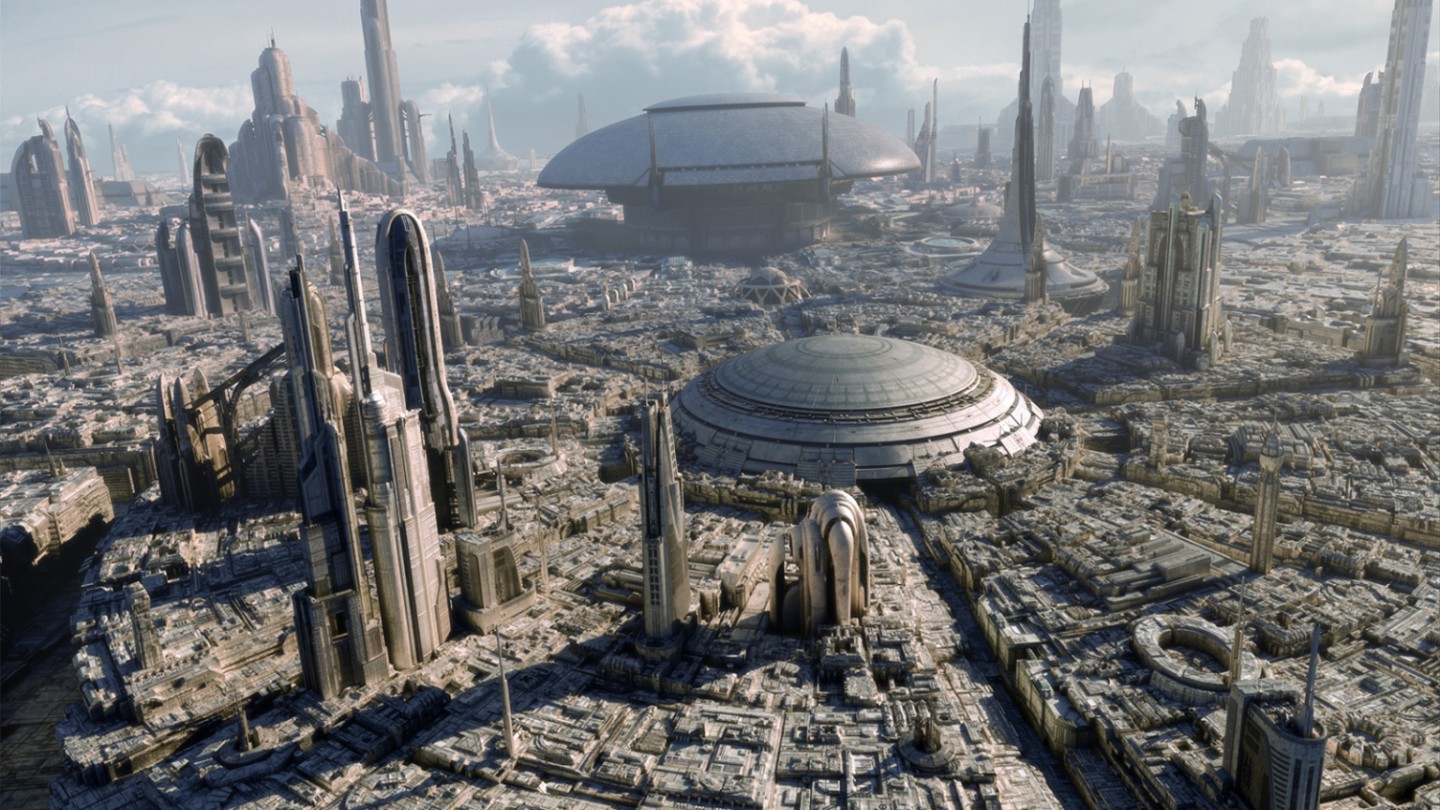Kerby Anderson
In his book, After America, Mark Steyn opened with a scenario of what a man living in the 19th century would think of technological changes in 1950. He would be astonished.
Our time traveler would see a home full of mechanical contraptions. “There is a huge machine in the corner of the kitchen, full of food and keeping the milk fresh and cold. Even more amazingly, there is an orchestra playing somewhere within his very house. No, wait, it’s coming from a tiny box on the countertop!” A refrigerator, a radio, even the car outside the house would be amazing to him.
Steyn then imagines the time traveler flies to the 21st century. He is puzzled because “aside from a few adjustments, everything looks pretty much as it did in 1950.” Oh, there are some differences such as computers. But sadly, most of the remarkable changes took place in the first part of the 20th century.
He argued that technology seemed to plateau during the latter half of the 20th century. We could dream of flying cars, time machines, and teleporting devices, but there are physical limits that prevent them from being created. But another reason for the limit were government and bureaucratic regulations that limited development.
Let me now make a prediction. We will begin to see significant change due to developing technology and Big Tech companies. Yes, we will still have cars in the near future, but they will likely be electric cars and self-driving cars. This last year, we saw remarkable developments in biotech. A vaccine for the pandemic wasn’t developed in ten years or even five years. It was developed in less than one year.
Fifty years ago, Alvin Toffler wrote the book, Future Shock, predicting major trends and changes. We may be at the edge of change we haven’t seen in decades. 
 Listen Online
Listen Online Watch Online
Watch Online Find a Station in Your Area
Find a Station in Your Area










 Listen Now
Listen Now Watch Online
Watch Online
